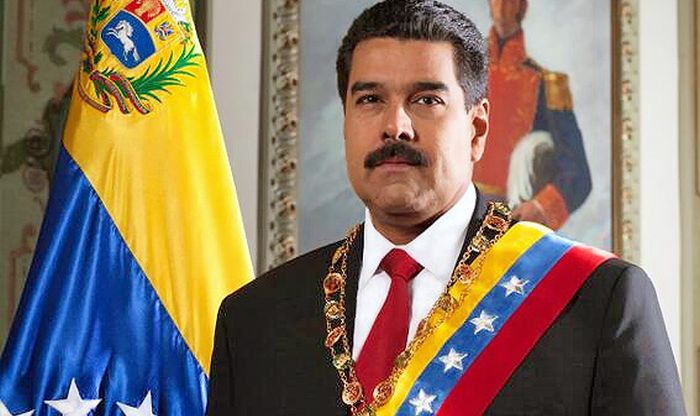In brief
- Ethereum developers have officially scheduled the Fusaka upgrade for December 3, following a successful final testnet this week.
- The update introduces PeerDAS, a new data-sampling method expected to make layer-2 transactions dramatically faster and cheaper by expanding blob space in each block.
- Vitalik Buterin has called PeerDAS “the key to layer-2 scaling,” framing Fusaka as a major step toward Ethereum’s long-term goal of mass, low-cost global adoption.
Ethereum’s core developers have officially set a date for the network’s next major update.
The Fusaka upgrade will go live in just over a month’s time, on December 3, the developers agreed during a meeting Thursday.
The date had previously been floated for Fusaka’s implementation, but not formally finalized. On Tuesday, the update cleared its third and final testnet dress rehearsal without a hitch, paving the way for its mainnet activation.
“The people I’ve talked to in the community are very excited about it,” Alex Stokes, the Ethereum developer who led Thursday’s meeting, said of Fusaka. “It’s a really big deal.”
The highly anticipated software update seeks to make Ethereum significantly more scalable by optimizing how the network collects and verifies data from layer-2 chains. It introduces several proposals focused on improving efficiency and user experience, building on advances made in earlier upgrades.
Ethereum’s 2024 Dencun upgrade introduced “blobs,” a feature that allowed for the temporary storage of layer-2 data on Ethereum transaction blocks. The innovation greatly reduced both gas fees and processing time for layer-2 transactions.
Fusaka will expand on the innovation by increasing the blob space available in each Ethereum transaction block—a move that Ethereum’s developers anticipate will make layer-2 transactions even faster and nearly free over time.
The expansion is powered by a new data-sampling method, introduced in Fusaka, called PeerDAS. While PeerDAS was originally slated for Ethereum’s February 2025 Pectra upgrade, it was ultimately delayed to allow for more testing.
Supporters, including Ethereum co-founder Vitalik Buterin, see PeerDAS as vital for Ethereum’s long-term scalability, given that the feature should allow layer-2 networks to handle a far greater number of transactions at near-zero cost.
Buterin has described PeerDAS as “the key to layer-2 scaling,” suggesting that Fusaka could mark a major step toward Ethereum’s ultimate goal of becoming a global settlement layer for all on-chain transactions once crypto achieves mass adoption.
It remains unclear whether the Fusaka upgrade, if successfully implemented, will meaningfully affect Ethereum’s price. ETH is down roughly 2.3% this week, to $3,760 at writing. In the days following the network’s previous upgrade, Pectra, ETH did surge by nearly 29%—but that bump also coincided with other positive macroeconomic developments.
Users on Myriad, a prediction market operated by Decrypt’s parent company Dastan, contend that ETH is more likely to next surpass $4,500 rather than fall under $3,100. But their degree of confidence is not ironclad—at 61% to 39% odds, respectively.
Daily Debrief Newsletter
Start every day with the top news stories right now, plus original features, a podcast, videos and more.
Source: https://decrypt.co/346864/its-a-really-big-deal-ethereum-developers-set-final-date-for-fusaka-upgrade


